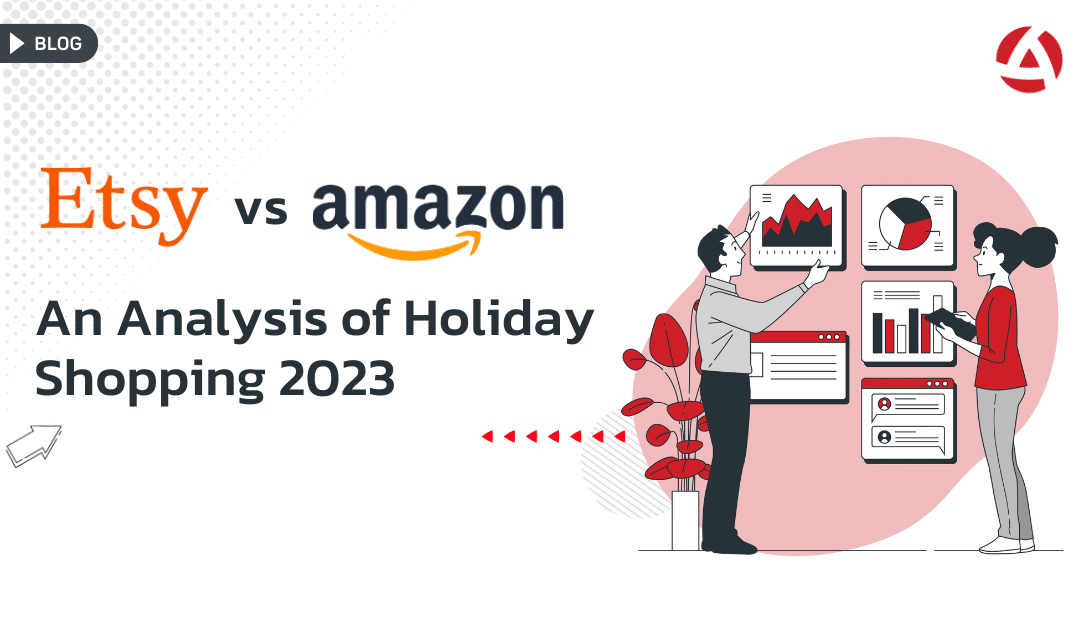The Link Between Customer Experience and Employee Engagement
A lot of research points out the undeniable link between customer experience and employee engagement. And with the increasing influence of agile in the way of working of organizations, it is much more critical today to improve employee engagement as a lever for higher productivity, for retention of key talent and ensure the realization of the happiness of customers. This being the case, most brands still ask their employees “how we are doing” only once in a year! We believe in order to deliver great employee experiences, similar to voice of customer (VoC) feedback loops, companies should also think of building feedback loops for employees.
In this blog post, let’s look at the three key areas to understand the voice of the employees better:
Run a Voice of Employee Program just like Running a Voice of Customer Program
Build the right VoE set up: One size does not fit all when it comes to measuring voice of the employees. Professionals need to use a mix of tools for different purposes. The first tool is what we call transaction-based surveys which can automatically trigger after a critical stage in the employee journey. Some of the key events in employee journeys include recruitment, on boarding or promotion; top-down or bottom-up feedback can also be collected accordingly. These transaction-based surveys can also be used to measure an ongoing employee NPS or engagement score. Transaction-based feedback can also be put to use for key events for the company. Especially when you know employees are more likely to give feedback. A CEO level announcement or a procedure change and when there is a need to collect on-time sentiments in a structured way are good examples. A second tool is anytime/anywhere feedback collection. This enables employees to provide ideas or suggestions at their choice of time either through mobile or relevant intranet sites. The difference is the listening channels are always compared to the transaction-based survey where there is always a trigger. Finally, for more in-depth research into voice of employee, semi-annual engagement surveys can provide detailed feedback. Today, more and more companies start cutting down on the number of questions in engagement surveys.
Understand ‘the why’ better with text analytics. Text data collected from employee surveys are a great source of insight. Text analytics tools can process and categorize text into sentiments and actionable topics for managers. As an example, text analytics can identify a topic like “communication” as a topic; it can also show what is important in communication: Is it “more transparent communication” or is it “better team communication” or is it “less communication during the week.” Also, by analyzing the structured feedback like engagement score or NPS with employee comments professionals can start analyzing the root causes of engagement and which factors have the most impact in engagement scores.
Close the loop. It is not very meaningful to collect feedback if you are not going to act on it or if it will take months to process it. Depending on the type of feedback, several paths can be taken. Automated instant email messages to thank employees for their valuable feedback and letting them know about the improvements are the first steps to start. Analytics can also be applied in real-time to detect alert situations. Such as intent to leave for a high performing talent and a real-time process to initiate proactive employee retention can be initiated.
To learn more about what drives employee engagement and how it leads you to customer experience success, make sure to watch our webinar on demand with Andrew Shea.




